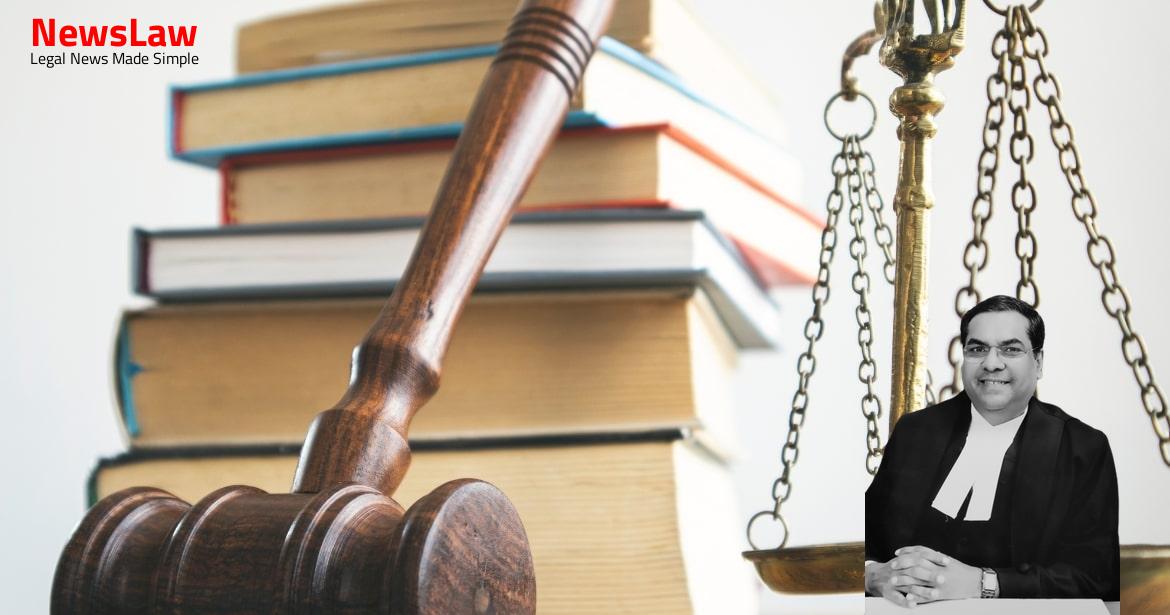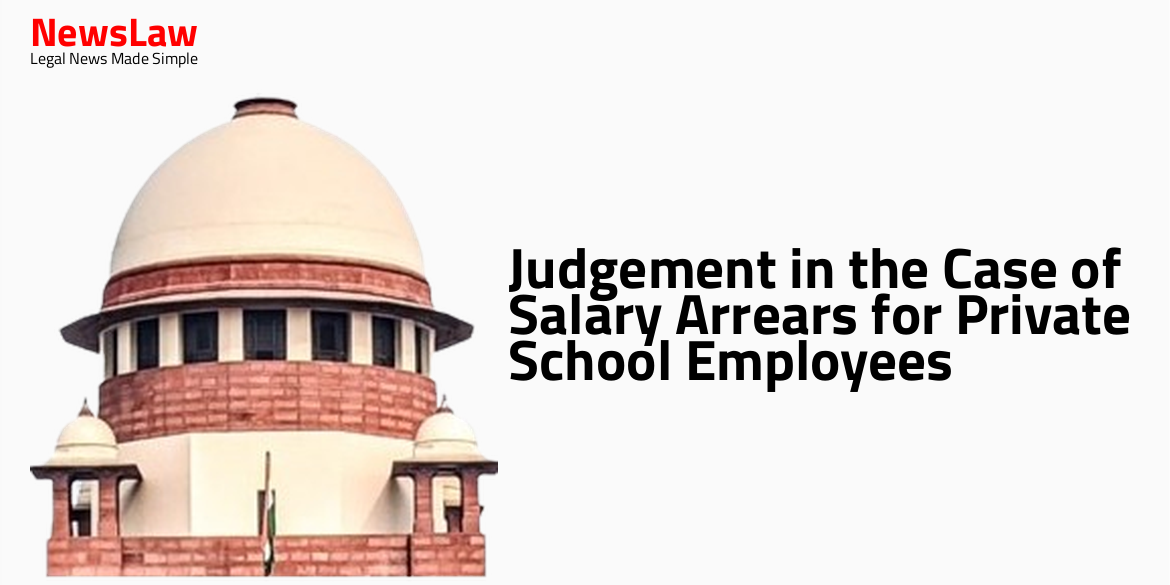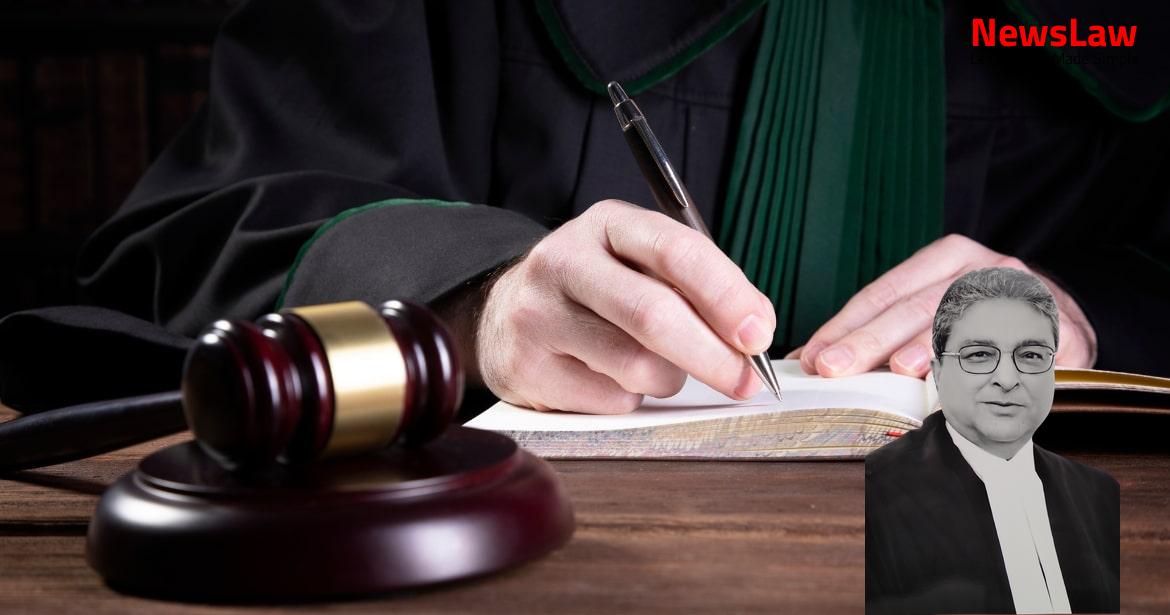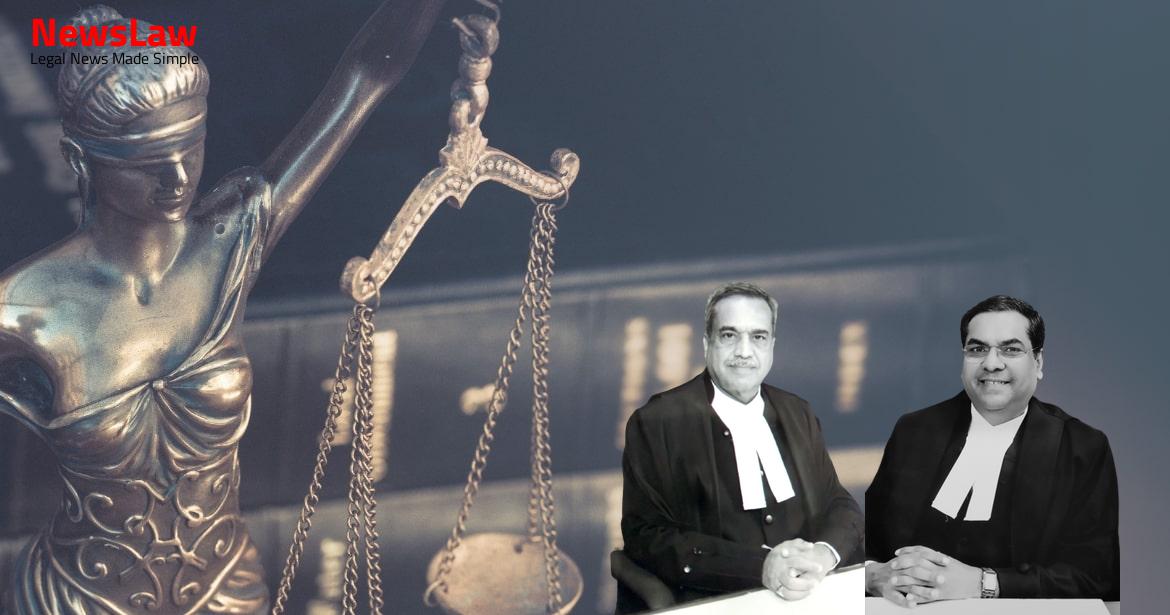Explore the detailed legal analysis provided by the court in a complex partnership dissolution case. The distinction between retirement of a partner and dissolution of a firm is highlighted, showcasing the importance of precise documentation and mutual agreement between partners. Dive deeper into the case to uncover the court’s insights on asset division, financial transactions, and post-dissolution matters. Stay tuned to understand the legal intricacies surrounding partnerships and firm dissolution.
Facts
- Amar Singh contested the suit and filed a suit for dissolution of partnership and rendition of accounts on 29 April 1989.
- The partnership firm Guru Nanak Industries was constituted by four persons, including two brothers Swaran Singh and Amar Singh, on 2 May 1978.
- On 6 May 1981, a fresh partnership deed was executed between Swaran Singh and Amar Singh as the other two partners had resigned.
- Disputes arose between Amar Singh and Swaran Singh on 19 August 1988, leading to Amar Singh requesting the bank to stop the operation of the bank account.
- Amar Singh later on 24 August 1988, along with Swaran Singh, signed a letter stating that the disputes between them had been settled, allowing the bank to resume account operation.
- Amar Singh pleads that the receipt dated 17 October 1988 is forged and manipulated, as he had signed and given papers to Swaran Singh, supported by an intimation dated 5 October 1988 sent to Bank of India.
- The trial court relied on the letter dated 24 August 1988 and the receipt dated 17 October 1988 to determine that Amar Singh had retired from partnership and received payment of his share capital and loan from the firm’s funds.
- Amar Singh went on to start a proprietorship concern named Guru Nanak Mechanical Industries after his retirement, manufacturing and selling similar machinery.
- Initially, profits and losses were to be divided in the ratio of 69:31 between Swaran Singh and Amar Singh, later altered to 60:40 by April 1, 1983.
- Two appeals by Amar Singh were accepted by the first appellate court.
- The receipt dated 17th October 1988 was manipulated by adding the last sentence.
- Letter dated 24 August 1988 supported Amar Singh’s case as he had not resigned.
- Official records indicated that accounts would be settled as of the date of the suit for dissolution of partnership, 29 April 1989.
- Amar Singh would be entitled to interest at 9% per annum.
- Swaran Singh, who had passed away during the civil suits, was represented by his widow in the appeals before the Punjab and Haryana High Court, which were dismissed on 18 May 2009.
Also Read: Analysis of Agency Relationships in Taxation
Analysis
- The distinction between ‘retirement of a partner’ and ‘dissolution of a partnership firm’ is emphasized.
- The receipt of payment for dissolution on 24 August 1988 is mentioned.
- There are discrepancies and contradictions in the documents presented regarding the settlement between partners.
- The value of assets and properties owned by the partnership firm is disputed.
- It is argued that Amar Singh resigned as a partner, while evidence suggests mutual agreement for dissolution of the firm.
- Specific details regarding machinery, finished goods, and other assets are unclear.
- The partnership deed terms and the claims made by the appellants are discussed in the context of settlement.
- The involvement of FDRs and financial transactions between the partners are highlighted.
- The involvement of legal heirs and the nature of partnership continuation post dissolution are mentioned.
- The uncertainty regarding the firm’s assets and liabilities at the time of dissolution is evident.
- When partners agree to dissolve a partnership, it is considered dissolution and not retirement.
- In a partnership with only two partners, if one agrees to retire, it results in the dissolution of the firm.
- A partnership firm must have a minimum of two partners.
Also Read: Land Auction Dispute Resolution
Decision
- Parties have three months to settle the money matter and accounts related to Swaran Singh’s legal representatives.
- Amar Singh started a business similar to the partnership firm’s name in 1988, with no objection from Swaran Singh.
- Parties have one more chance to settle through the Supreme Court Mediation and Conciliation Centre.
- The appeals have been dismissed, and the judgment and decree from 2004 have been upheld with a change in the dissolution date of the firm.
Also Read: Analysis of Bail Conditions in Criminal Appeal No. INSC 48/2024
Case Title: GURUNANAK INDUSTRIES FARIDABAD Vs. AMAR SINGH(D) THRU LRS (2020 INSC 404)
Case Number: C.A. No.-006659-006660 / 2010



